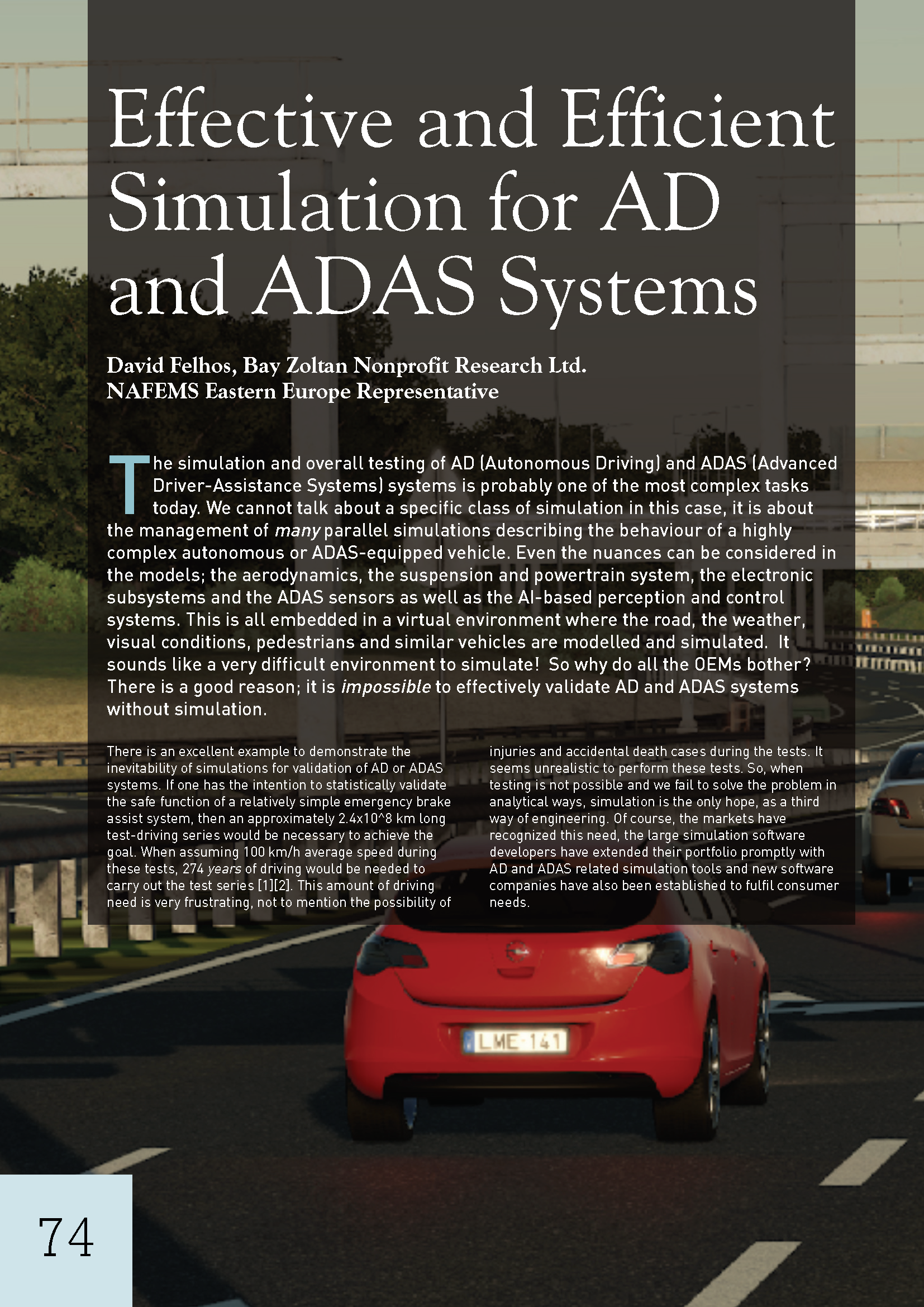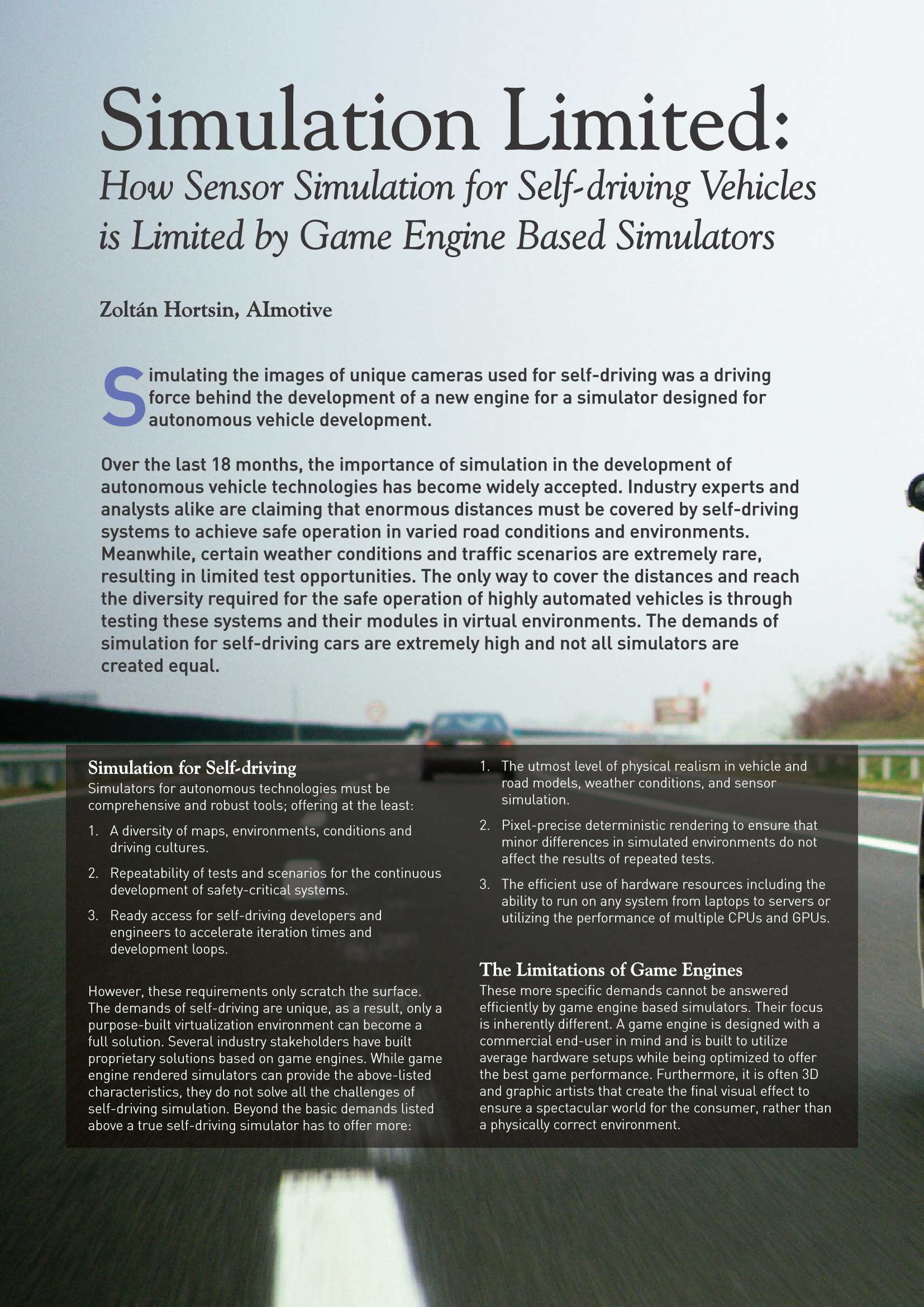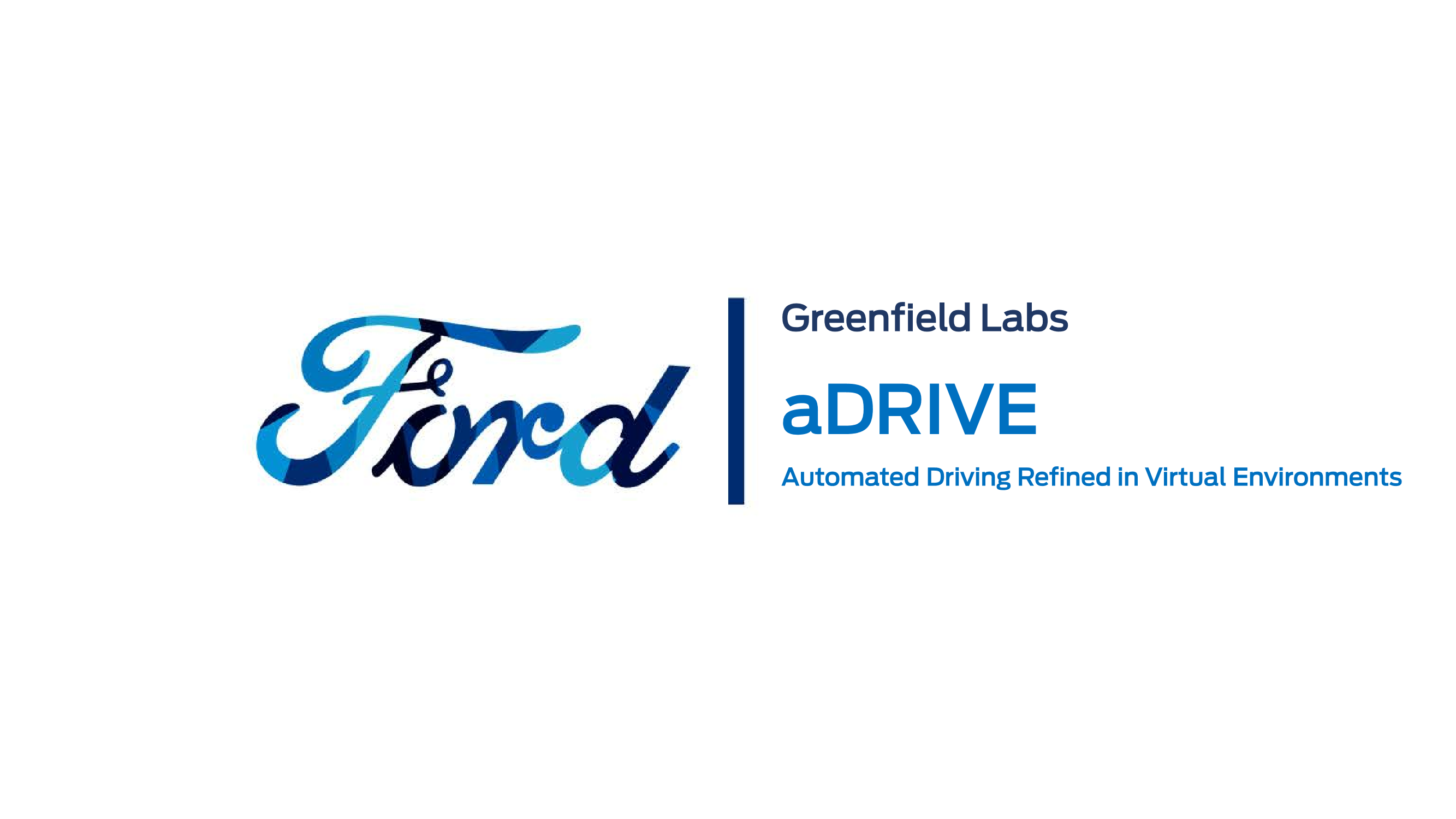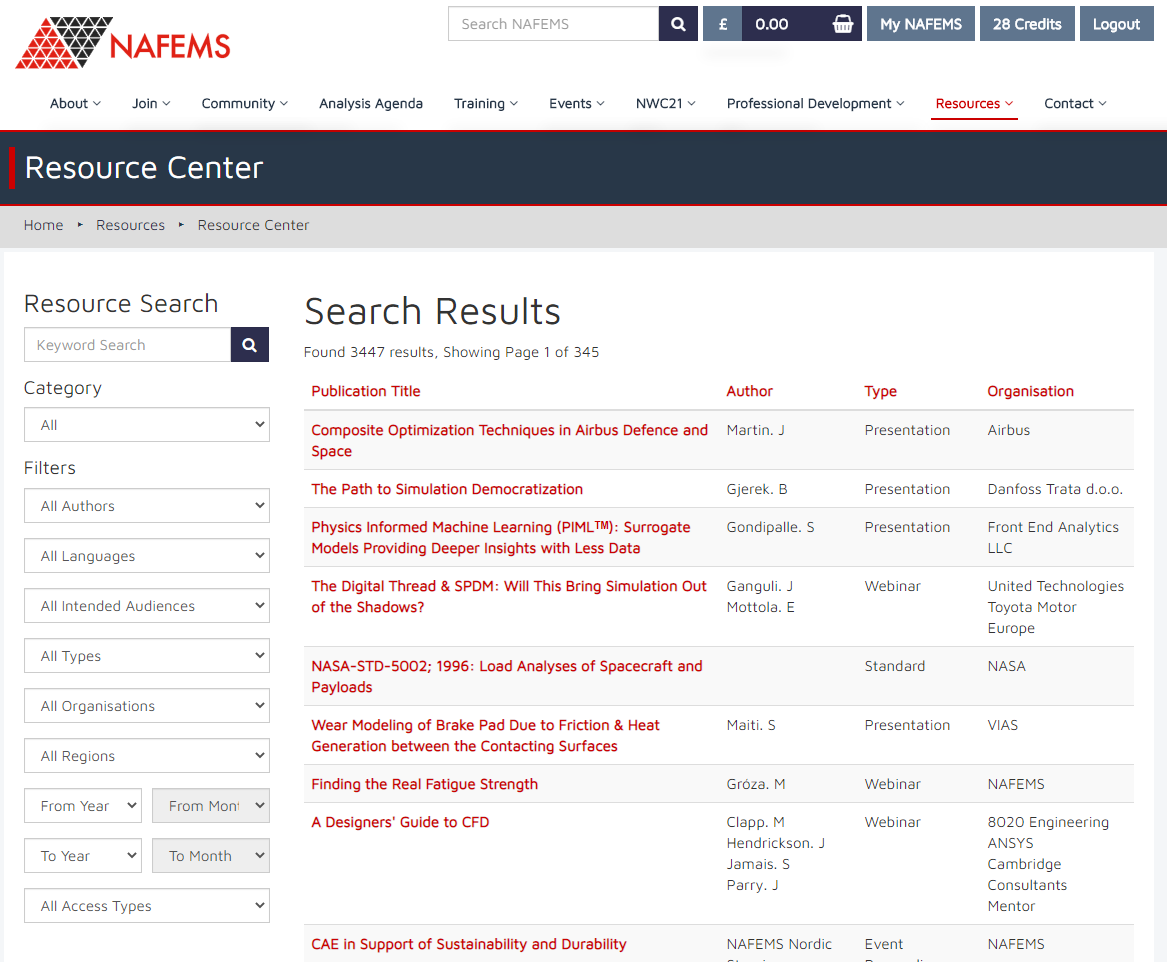While there are numerous areas we could explore in the "Autonomous Things" topic, the ones most familiar to all of us are the Autonomous Vehicle (AV) and, the building blocks that make “autonomous” possible, Advanced Driver-Assistance Systems (ADAS).
At the moment everyone has their eyes set on the current and future use of ADAS. However, the concept of advanced driver-assistance systems has been around for decades. One example that comes to mind is that of the fully electric anti-lock braking system (ABS). Initially developed for the Concorde aircraft [1] it later became standard in every car thanks to Mario Palazzetti (a now-retired FIAT Research Centre engineer whose work to help stop the spread of COVID-19 transmission was recently highlighted [2]).
In case anyone just read that last part and reacted with "shock and horror," perhaps due to possibly erroneous reporting on my part, my understanding is that Palazzetti sold the patent to Bosch, who then worked with Daimler-Benz to introduce the first generation of anti-lock braking system for cars when it was rolled out with the W116 S-Class in the late 1970s. Of course, you have Dunlop that developed a system for the RAF two decades earlier, as well as Ferguson Research's contribution to Formula One a decade earlier. [3] At this point, go with the one you feel deserves the credit as long as we can agree that ABS has been around for decades!
When we think about AV and ADAS today, however, there are many complex systems involved and simulation is playing a critical role in each of these areas. One of the most compelling cases is the need to road test these vehicles for thousands to billions of miles, depending on the level of autonomy, to meet critical safety standards; a process that would, without simulation, take companies up to 300 years to achieve. More on this can be found in the two articles, “Effective and Efficient Simulation for AD and ADAS” and “Simulation Limited”, which are listed in the “Resources” tab (see above).
High-fidelity sensors, LIDARs, cameras, radars, and actuators to accurately predict installed on-vehicle performance involve physics-based sensor modeling, mechanical, thermal, and electromagnetic system-level simulation, and more. These are the systems that provide forward collision protection (e.g., automatic emergency braking and adaptive lighting), backing-up and parking (e.g., rear automatic braking, rearview video system, and rear-cross traffic alerts), lane and side-assistance (e.g., lane departure, lane centering and keeping, and blind-spot detection), and safe distance support (e.g., traffic jam assistance, highway pilot, and adaptive cruise control). Additional challenges are encountered when accounting for unexpected adverse weather conditions across all of these systems.
We also need to take account of Vehicle-to-Everything (V2X) communication, enabled by 4G-LTE and 5G networks, which has the potential to make driving safer and more efficient. The vehicle-to-infrastructure (V2I), vehicle-to-network (V2N), vehicle-to-vehicle (V2V), vehicle-to-pedestrian (V2P), vehicle-to-device (V2D), and vehicle-to-grid (V2G) communication systems have transformative potential, but would not be possible without electromagnetic simulation.
Of course, beyond the conventional simulation methodologies, in time we will see new design and development processes to meet “next-generation” requirements, not to mention significant changes required by energy grids to support the ‘electric vehicle wave’ promises made by OEMs to be all (or mostly) electric in the next decade.
Having recognized that it’s impossible to do this topic justice in a brief overview, we have collected some resources we feel may be of interest to you, and we have some upcoming activities devoted to exploring it at a deeper level. Take a look at these two tabs above for more information.
(Note: Thanks to a presentation delivered by Hubertus Tummescheit in 2015, I've never been able to forget his comparison of ABS controls on/off to two dogs approaching the water on a beach.)
- Matt Ladzinski, NAFEMS
References







